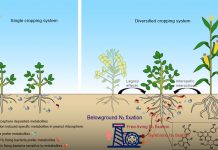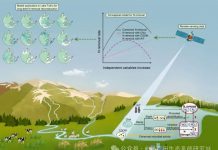Chen LM Zhang GL Effland WR. Soil Characteristic Response Times and Pedogenic Thresholds during the 1000-Year Evolution of a Paddy Soil Chronosequence. Soil Science Society of America Journal 2011 75(5): 1807-1820. (IF 1.866 农林科学,二区Top)
Abstract
A paddy soil chronosequence consisting of five profiles derived from calcareous marine sediments with cultivation history from 0 to 1000 yr was studied to assess the dynamic changes in soil properties and major elemental mass balance during soil evolution and to understand the response rates of soil properties at different time scales. The threshold concept was applied to increase our understanding of paddy soil genesis processes. Results showed that 50 yr of paddy cultivation induced measurable accumulation of soil organic C (SOC) in the surface horizon and marked reduction of magnetic susceptibility (MS) soft isothermal remanent magnetization (IRMs) and Ca Mg and Na elemental concentrations. Complete removal of CaCO3 from profiles measurable profile differentiation of free Fe oxide (Fed) and total Fe clay illuviation reduction of hard isothermal remanent magnetization (IRMh) and net losses of elemental P and Mn occurred during the 300- to 700-yr time period. Soil clay mineral composition and Si Al and K elemental concentrations showed little change in 1000 yr. The rapid changes in SOC MS IRMs Ca Na and Mg within 50 yr primarily resulted from anthropogenic activities which are extrinsic thresholds. The noticeable changes in horizon differentiation of Fed clay illuviation and the decrease in IRMh during the 300- to 700-yr time period indicate threshold values for carbonate which is an intrinsic threshold. In conclusion our data demonstrate that different soil components and properties have different transformation processes and associated rates influenced by anthropogenic activities and the soil carbonate status of the original soil.







